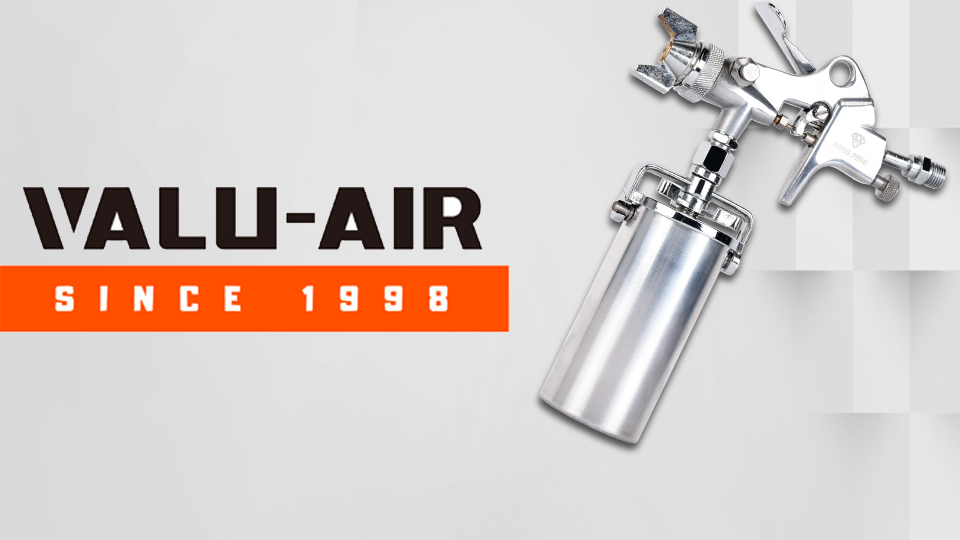
Well now you have read our thoughts on the six best LVLP spray guns we’ve chosen, let us just give a bit of an insight into things we feel you need to know and consider before buying the best LVLP spray gun…
In the not so distant past if you had a big job that needed spraying, then there really was no choice but to get the professional in to do the work. Whether the said job was for automotive bodywork, external or internal house painting, woodwork finishing or whatever.
Equipment was expensive, and a high level of skill was needed to get great results. This is still true to a certain extent, but with the growing popularity of gravity fed LVLP spray guns now available, more and more hobby painters are able to tackle tasks that just a little while back would not have even been considered to do.
This style of spray gun is today very much affordable. The control of spraying and the quality of finish now possible has greatly improved. Lastly, as these are designed to spray under low air pressures, the need for a great big air compressor is no longer necessary.
VALU-AIR LVLP Air Spray Gun 100B provide the excellent atmozation with high efficiency and affordable price. It can meet all your requests of surface paint.
First of all, what exactly is LVLP?
This stands for ‘low volume-low pressure.’ It means to start the gun will operate at low air pressures. This removes the need for running your gun through a big expensive air compressor unit. LVLP guns allow for non-professional painters to obtain a professional finish.
The other factor is the low volume painting. The low pressure, in turn, means less paint is pushed through the gun. But you will still get the satisfactory coverage you require.
What is a gravity fed gun?
The guns we have looked at today have a paint cup that is fixed to the gun from above. Gravity fed units drop the paint to the gun, so you only need air to push the paint out. Standard and larger spray paint cups are traditionally attached to the bottom of the gun.
Known as HVLP (high volume low pressure), air is used to siphon the paint into the gun and then more air is needed to push the paint out onto the prepared surface. This results in the need for much higher air pressures for continuous spraying
LVLP guns have considerable advantages to HVLP guns…
These guns are simple to use and have very few working components. Basically, you will get the gun body, paint cup, a spray nozzle, and a needle, that is it. Now, it is paramount to immediately clean these items after use. As long as this is done, then your gun will have a good long lasting life.
The finish you can get using an LVLP gun should be up to par with a professional painter. The amount of paint used is much less than with HVLP guns too, so, you will get much more coverage with the paint being used.
Very good for detailing work…
For automotive use, the size of these guns means they are very good for detailing work. What we mean by this is you can much easily get to the harder to reach parts of your vehicle.
Door edges and surrounds, trunk and under the hood areas can be covered much more easily. While reducing the risk of knocking fresh paint or getting so close with a heavy coverage that you will get paint runs.
These parts are also always an uneven surface. But, because an LVLP gun is much lighter and smaller, you can follow the bodywork contours much more freely than with the old style of spray gun.
You won’t be disappointed…
Whatever you are planning to paint, if you buy an LVLP spray gun, we don’t think you will be disappointed. It is a very inexpensive way to ‘do-it-yourself’ but still have your finished paint results look like a pro’s done the job.
One thing that may be a disadvantage to LVLP Guns we feel we should point out is that due to the low pressures used to spray, they will struggle and even be unable to push out paints of a high viscosity.
This can be compromised by the thinning of some paints, though not really the ideal solution. And if you want to use thick materials such as latex you really will need a more powerful compressor and gun. This is when the old style HVLP still comes into play